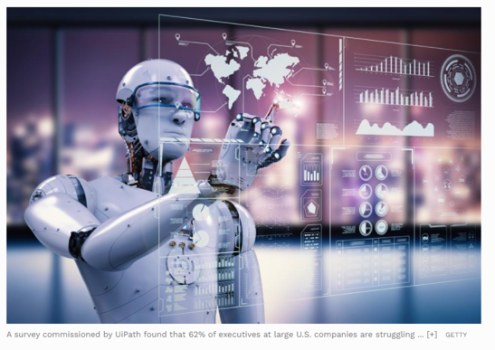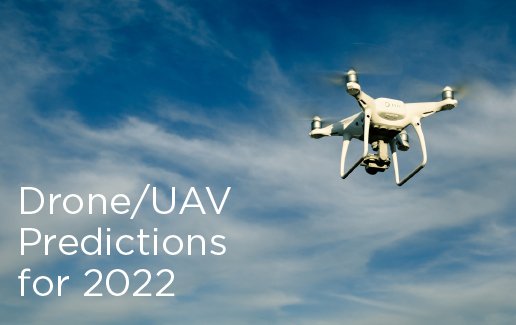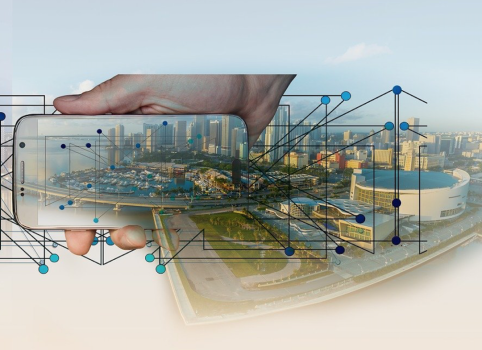[Women in Tech] It's not about how far you fall, but how high you bounce back, says Anjali Joshi of LocoNav
- Technology Workforce
- 0 Replies
As one of the board of directors of fleet tech startup LocoNav, Anjali Joshi’s focus is on enabling the company to fortify its vision of democratising fleet tech in emerging and high-growth markets.
Anjali has held leadership roles in several high-profile companies across the world, including AT&T Bell Labs and Covad Communications. She is known for bringing exceptional digital products to market and has served as the VP of Product Management at Google, managing Google's fibre-to-communities' effort, which brought ultrahigh-speed broadband access to people across the US.
“I now serve on the boards of several technology companies and in advisory roles to many startups. In 2010 I was selected as one of the top 50 alumni who graduated from IIT Kanpur in the last 50 years. In 2017, I was given the Distinguished Alumni Award,” says Anjali, in a conversation with HerStory.
Why choose LocoNav?
Anjali says she has been motivated by challenges throughout her professional career.
“When I learned about LocoNav, I was intrigued by the company’s vision of democratising access to fleet tech. They are leveraging the power of technology to create an incremental and positive impact in the lives and livelihoods of everyone in the fleet management industry. It is exciting to be a part of their journey and unlock opportunities and technology-led efficiency for over 250 million commercial vehicle owners and drivers in emerging markets,” she says.
She adds that her first conversation with Vidit Jain and Shridhar Gupta, the Founders of LocoNav, was focused on best practices for startups as they grow the company aggressively across emerging and high-growth markets.
Continue reading: https://yourstory.com/herstory/2022/01/women-in-tech-anjali-joshi-ex-google-iit-kanpur-loconav-startup-board-of-directors/amp
Anjali has held leadership roles in several high-profile companies across the world, including AT&T Bell Labs and Covad Communications. She is known for bringing exceptional digital products to market and has served as the VP of Product Management at Google, managing Google's fibre-to-communities' effort, which brought ultrahigh-speed broadband access to people across the US.
“I now serve on the boards of several technology companies and in advisory roles to many startups. In 2010 I was selected as one of the top 50 alumni who graduated from IIT Kanpur in the last 50 years. In 2017, I was given the Distinguished Alumni Award,” says Anjali, in a conversation with HerStory.
Why choose LocoNav?
Anjali says she has been motivated by challenges throughout her professional career.
“When I learned about LocoNav, I was intrigued by the company’s vision of democratising access to fleet tech. They are leveraging the power of technology to create an incremental and positive impact in the lives and livelihoods of everyone in the fleet management industry. It is exciting to be a part of their journey and unlock opportunities and technology-led efficiency for over 250 million commercial vehicle owners and drivers in emerging markets,” she says.
She adds that her first conversation with Vidit Jain and Shridhar Gupta, the Founders of LocoNav, was focused on best practices for startups as they grow the company aggressively across emerging and high-growth markets.
Continue reading: https://yourstory.com/herstory/2022/01/women-in-tech-anjali-joshi-ex-google-iit-kanpur-loconav-startup-board-of-directors/amp
























